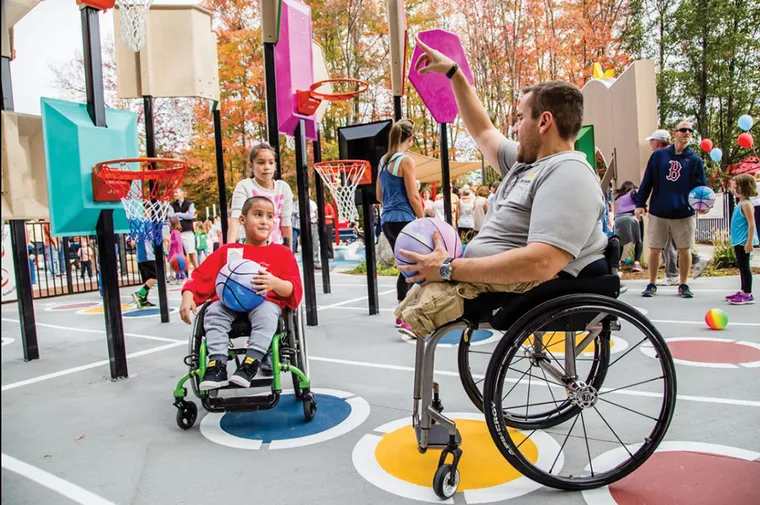Self-competitive sports can make public play spaces truly inclusive
What would we wish for playgrounds—and recreation at large—to achieve for society in the 21st century?
This question is both complicated and simple because the objectives are clear: fostering creative play, creating playmates, including the differently able, offering non-aggressive activities with no body contact or bullying or intimidation, teaching non-aggression and civility, and keeping kids fit and healthy by getting them out of their chairs, away from screens, and into the outdoors.
Put simply, communities want children to move and to cultivate a high regard for a lifetime of movement. These are straightforward and uncomplicated objectives. But the best way to achieve them is another matter. It’s easy to understand why the term “inclusive playground” is at best a contradiction of terms because playgrounds with ramps and climbing exclude wheelchair users, the differently able, and soon enough, virtually all children who quickly outgrow “inclusive playgrounds” because there are often no challenging amenities. Tic-Tac-Toe lowered for a wheelchair—is that the appropriate exercise, the desired movement, and the feature that will convince families to return?

